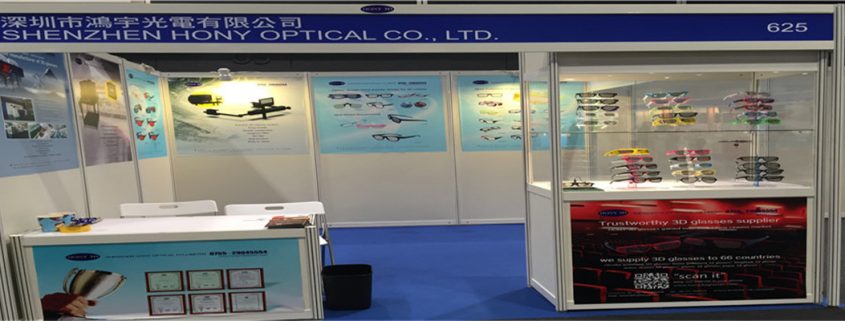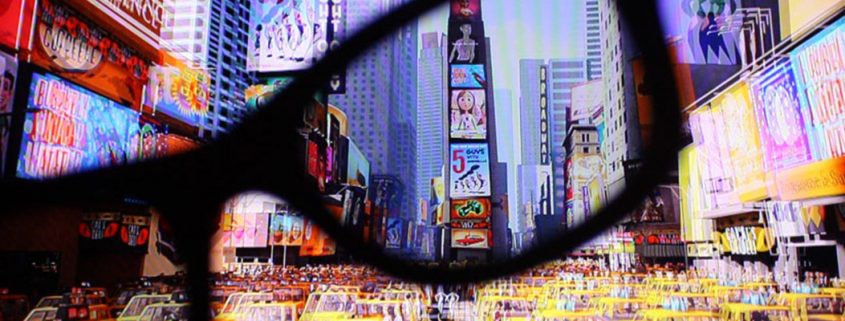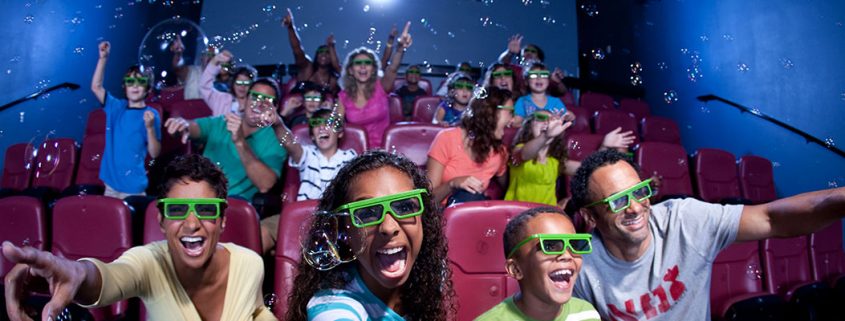Modern day alchemists seem to include most of the major display manufacturers who all seem to have had an attempt at creating a 3D display that won’t require you to wear 3D glasses. To date they have all tried and, alas, all failed with no base-metal-to-gold scenario in sight.
Despite experimenting with different screen technologies, and more recently, eye-tracking, the effects for a single user (never mind a group), are poor at best. It seems no better than when Philips launched the WOW screen a few years back. The only WOW factor then was ‘wow I can’t believe they actually made it’! What makes this all even more interesting is my recent experience with the Nintendo 3DS. Launched as a revolution in glasses free technology, the supposed older generation XL console has been outselling it . Whisper it quietly, but perhaps 3D without glasses is not really what everyone wants – well not just yet.
Perhaps it’s better to just accept that for the next few years we need to embrace our beloved 3D glasses, whilst hoping that manufacturers can develop some that are at least seen as semi-cool. The days of glasses free will have to wait just a little bit longer, so wear yours with pride!










